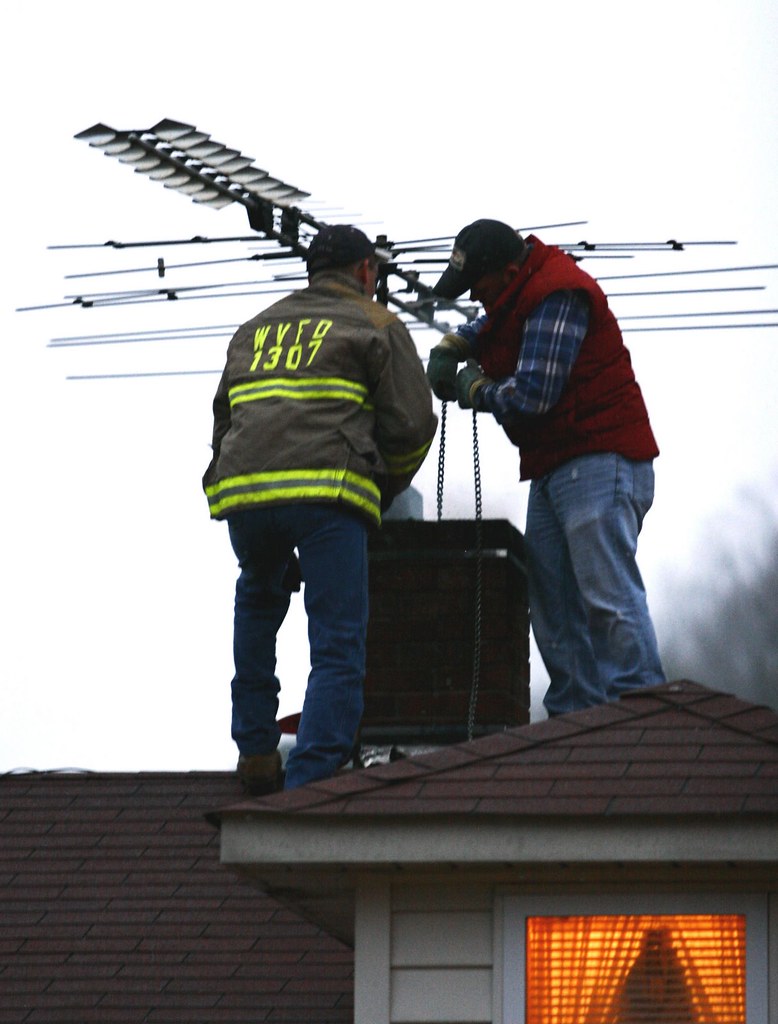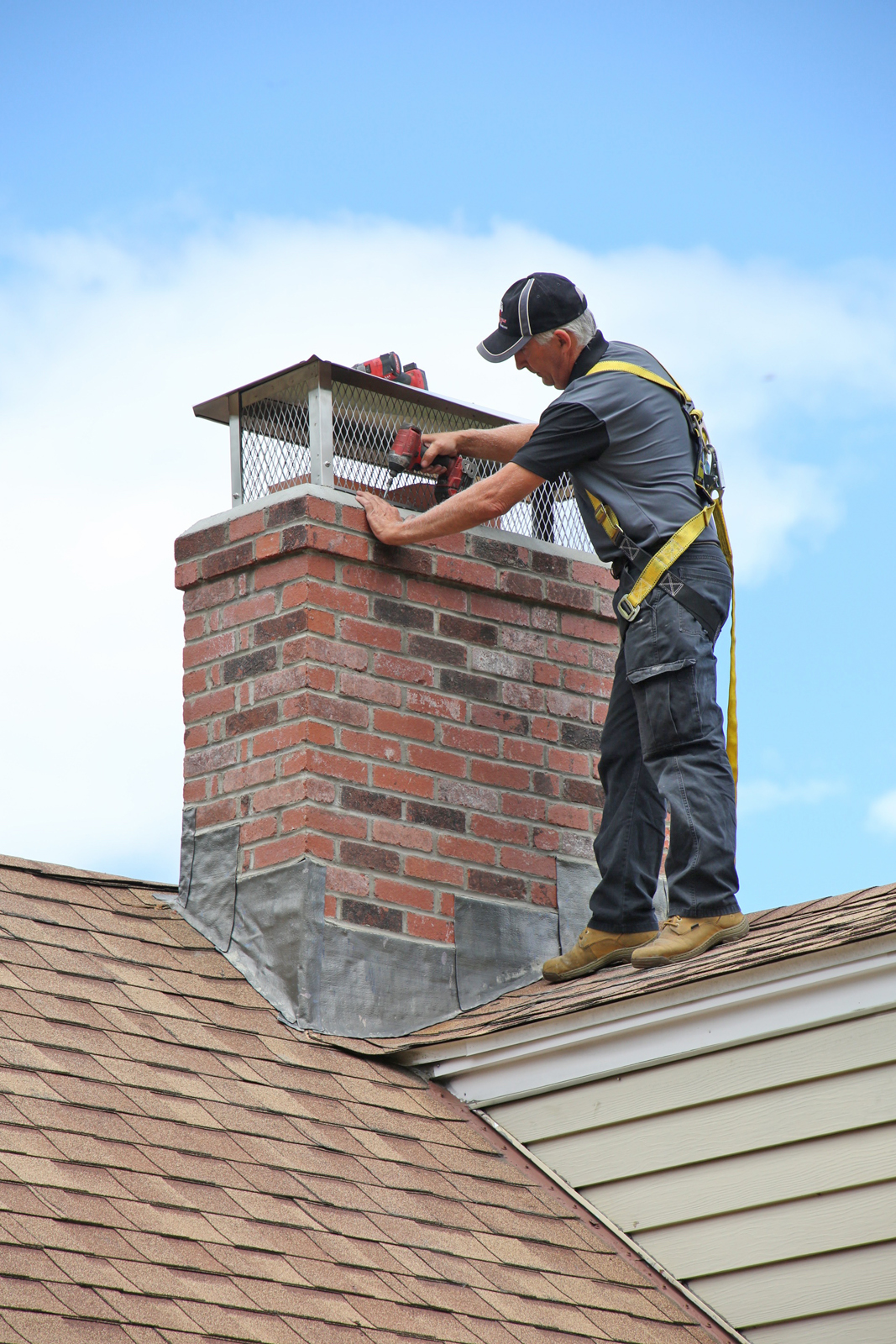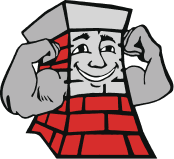4 Primary Reasons for Chimney Damage and Chimney Fires
Safe chimneys are ones where the structure is sturdy and all components function as they should. A damaged chimney not only won’t perform correctly, it also could become dangerous. Let’s look at chimney damage and chimney fires and how to address these issues.
 Chimney Fires
Chimney Fires
A lot of internal damage to chimneys happens because of chimney fires. Not all fires are big and obvious – many start, burn for a short time and go out on their own. But no matter how big or lengthy, a chimney fire can begin a cycle of damage that must be resolved sooner rather than later.
Chimney fires, most often started when built-up creosote ignites in the flue, can harm the chimney liner and the chimney’s interior masonry. When this happens, bricks and mortar can loosen and crack, allowing in water that will eventually cause extensive damage. Chimney fires that destroy liners also may put at risk adjacent home materials like walls and insulation the next time there’s a fire.
Faulty Chimney Construction
An improperly built chimney can lead to many types of damage over the years. Common signs of a poorly constructed chimney include:
- Footing that’s too narrow or shallow
- Soil that’s too loose beneath the footing
- Wrong flue size/height for the fireplace the chimney is connected to
- Low-quality bricks and mortar that are prone to cracking and dislodging
- Improperly installed chimney liner
- Unparged (unfinished) smoke chamber
Leaky Chimney
Of course, a chimney leak is itself a form of chimney damage, but a small leak can wind up causing large-scale damage throughout the chimney system. Many chimneys that lean or collapse began with a leak issue in the masonry, chimney crown or other components.
Water is corrosive – it will eventually destroy bricks, and it can lead to major mold and rotting issues within nearby home building materials. The best time to address a leaky chimney is early. Here are some signs that indicate a leak is present or will be soon:
- Cracked chimney crown
- Water in the firebox
- Musty odors coming from the firebox
- Damp sections of walls and ceiling near the fireplace
- White stains on the exterior bricks
- Crumbling on the roof around the chimney
- Compromised chimney cap (or no cap in place)
- Flashing that is warped or dislodged
Weather and Natural Events
Chimneys can suffer damage because of relentless, heavy winds, pounding hail, lightning strikes, earthquakes, normal house-settling and other events. Much of this can’t be prevented, but it can be addressed immediately after it happens.
If you experience a major weather or natural event and know or believe your chimney has been damaged, don’t delay in arranging for a chimney services technician to take a look.
 Addressing Chimney Damage
Addressing Chimney Damage
Step one in addressing known or suspected chimney damage or as a follow-up after a chimney fire is an inspection by aqualified chimney professional. After a thorough assessment, the technician can recommend the exact type of repair work necessary to restore your chimney to health and keep it running safely and efficiently.
Northeastern Chimney of West Hartford, CT, provides our customers with qualified chimney inspections, chimney cleaning, chimney repair and chimney rebuilding services. We’re licensed and insured and know how to fix any chimney problem fast and correctly. Call (860) 233-5770 with questions or to arrange an appointment.


